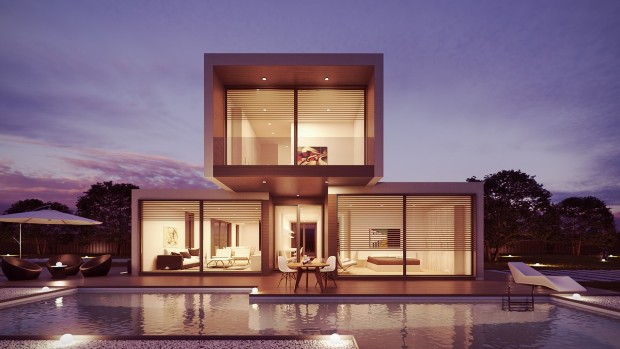The modular construction method, which is well recognized for its effectiveness and cost-effectiveness, has attracted the attention of people worldwide as a revolutionary way to construct. Currently, the Middle East is becoming one of the places that is adopting this cutting-edge style of building construction.

(Photo : Pixabay/giovanni gargiulo)
Modular Construction in the Middle East
Modular construction has gained popularity globally in various industries since it is both profitable and efficient. In recent years, the approach has been extensively applied in residential, commercial, and institutional construction projects across North America and Europe. Accordingly, the Asia-Pacific area, particularly China and India, has witnessed a substantial boom in modular building, which can be attributed to the rapid growth in urbanization and building expansion in these countries.
Moreover, modular construction has been a game-changer in the construction business in recent years, especially in the Gulf Cooperation Council (GCC) region and the Middle East. With the progression of technological advancements and increased awareness of the concept, modular construction is poised to emerge as a feasible substitute for traditional building methods in the GCC region.
As mentioned, several ambitious development agendas in the Middle East further amplify the attractiveness of modular buildings. Some examples of these agendas are the 2030 Vision project in Saudi Arabia, the 2022 FIFA World Cup in Qatar, Expo 2020 Dubai, and the planned 2030 Riyadh Expo. When it comes to the modular building business, Saudi Arabia and the United Arab Emirates (UAE) have both emerged as essential players in recent years. A report published by Building Week indicates that the permanent modular building sector in the Gulf Cooperation Council (GCC) region reached $2.9 billion in the year 2020 and $3.4 billion in the year 2023.
Thus, the potential of modular construction is becoming more evident in the area due to the enormous expenditures made in structures, tourist, and urban development projects due to the methodology's sustainable development objectives, increased project timelines, and cost reductions.
Also Read: Unraveling Construction Catastrophes: Common Pitfalls to Avoid for Project Success
Benefits of Modular Construction
Modular construction has several advantages, one of which is that it makes the building process easier to understand and significantly reduces the time needed for construction. By utilizing construction processes and circumstances, such as weather inefficiencies on-site and resource shortages, it is possible to cause project delays, which in turn can lead to increased expenditures.
Construction of modular buildings, on the other hand, is carried out in a regulated industrial setting, guaranteeing consistent quality and precision while reducing the likelihood of errors and delays. This allows the construction process to proceed on-site simultaneously, ultimately resulting in quicker project completion. Modules are made off-site simultaneously, and their faster timescale might be highly advantageous for projects with limited time, such as emergency housing or healthcare facilities.
Traditional construction activities and trash generation are significant contributors to global carbon emissions. Buildings are responsible for around fifty percent of the world's materials consumption and approximately 50% of the world's waste. In addition to being an annoyance to the eyes, construction activity in the surrounding area can be a source of aggravating and persistent pollution.
It is reportedly possible to increase the efficiency of managing pollutants and waste by moving many building activities to a controlled area, such as a production factory. Nevertheless, optimizing material circulation to and from areas of development and limiting time on site to critical building tasks can lessen impacts on local ecosystems.
Related Article: Unlocking Architectural Solutions: The Impact of Modular Construction on Architectural Aid







